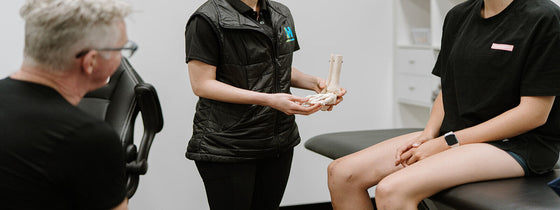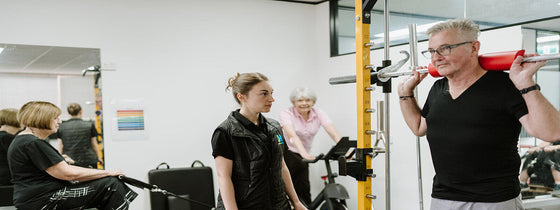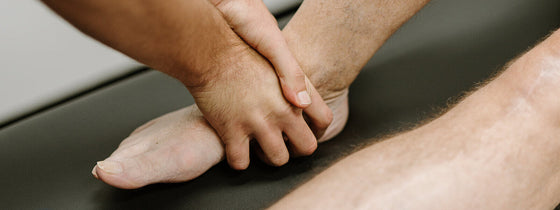Below are some tips on common injuries in winter sports… but if you’re not sure what to do follow the RICER (Rest, Ice, Compress, Elevate and Refer) principle, or PEACE + LOVE updated principle, and seek further professional advice soon. And, most importantly, if you cannot perform the necessary skills needed to play well before the game starts (or on the sidelines if the injury happens midgame) then you shouldn’t be playing. Ask yourself whether you’d be helpful out on court or field? If you wouldn’t, then stay on the sidelines!
Ankle injuries
Thumb/Finger injuries
Knee Injuries
We hope these little acute injury tips are helpful for you and your team, and we send you best of luck in enjoying your season! However, if you do get yourself in an injury or pain situations, please give our team at call on 9431 5955 and/or you can book an appointment via the Client Portal via our website.

If you're experiencing back or neck pain with neurological signs and symptoms, a thorough neurological examination is crucial for accurate assessment and effective treatment. In this Optimal Tip learn more about what we mean by completing a neurological exam!

Squats, deadlifts, and calf raises are key movement patterns that should be part of every strength and conditioning program—regardless of age and activity level. These functional movements support joint health, improve posture and balance, and reduce the risk of injury while building strength where it matters most.

A ganglion cyst is a fluid-filled swelling that typically forms over a joint or tendon sheath, causing discomfort and pain, especially when pressing against nerves or joints. Proper assessment and treatment, including physiotherapy, are essential for managing symptoms and improving function in the presence of a ganglion in your hand, foot, or wrist.